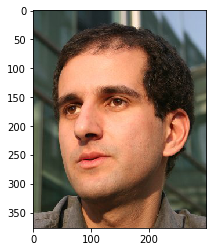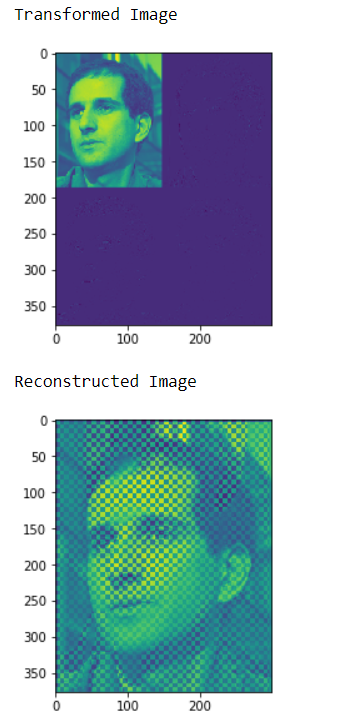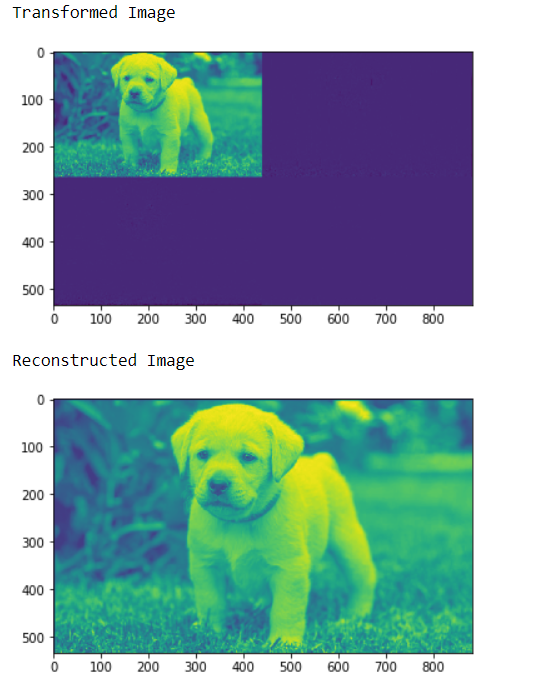Mahotas – Reconstructing image from transformed Daubechies wavelet image
Last Updated :
27 May, 2021
In this article we will see how we can reconstruct image from the transformed image of daubechies wavelet in mahotas. In general the Daubechies wavelets are chosen to have the highest number A of vanishing moments, (this does not imply the best smoothness) for given support width 2A. There are two naming schemes in use, DN using the length or number of taps, and dbA referring to the number of vanishing moments. So D4 and db2 are the same wavelet transform.
In this tutorial we will use “luispedro” image, below is the command to load it.
mahotas.demos.load('luispedro')
Below is the luispedro image

In order to do this we will use mahotas.idaubechies method
Syntax : mahotas.idaubechies(img, ‘D8’)
Argument : It takes image object and string i.e one of ‘D2’, ‘D4’, … ‘D20’ as argument
Return : It returns image object
Note : Input image should be filtered or should be loaded as grey
In order to filter the image we will take the image object which is numpy.ndarray and filter it with the help of indexing, below is the command to do this
image = image[:, :, 0]
Example 1:
Python3
import numpy as np
import mahotas
import mahotas.demos
from mahotas.thresholding import soft_threshold
from pylab import imshow, show
from os import path
f = mahotas.demos.load('luispedro', as_grey = True)
t = mahotas.daubechies(f, 'D8')
t /= 8
t = t.astype(np.int8)
print("Transformed Image")
imshow(t)
show()
r = mahotas.idaubechies(t, 'D8')
print("Reconstructed Image")
imshow(r)
show()
|
Output :

Example 2:
Python3
import mahotas
import numpy as np
from pylab import imshow, show
import os
img = mahotas.imread('dog_image.png')
img = img[:, :, 0]
t = mahotas.daubechies(img, 'D8')
print("Transformed Image")
imshow(t)
show()
r = mahotas.idaubechies(t, 'D8')
print("Reconstructed Image")
imshow(r)
show()
|
Output :

Share your thoughts in the comments
Please Login to comment...